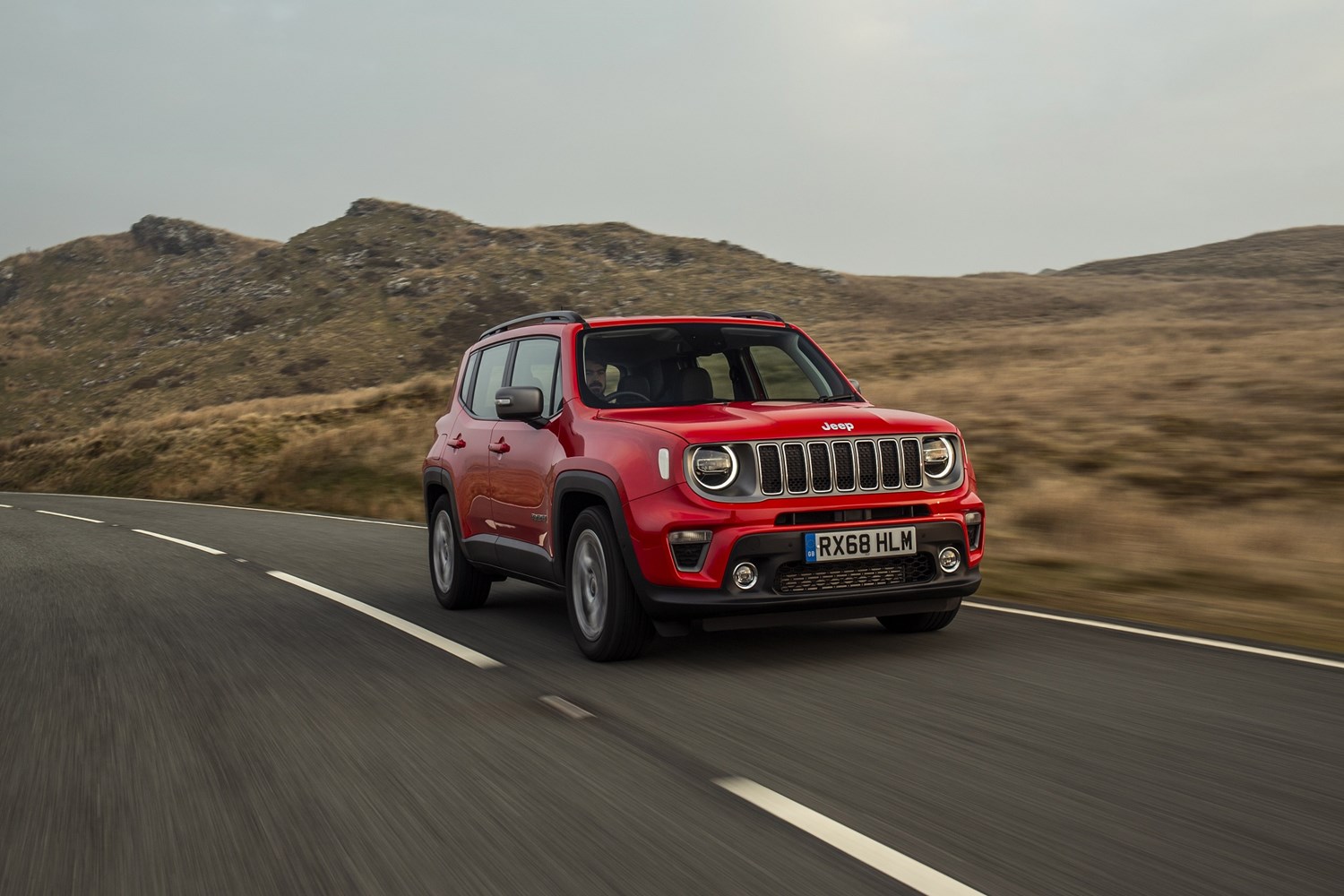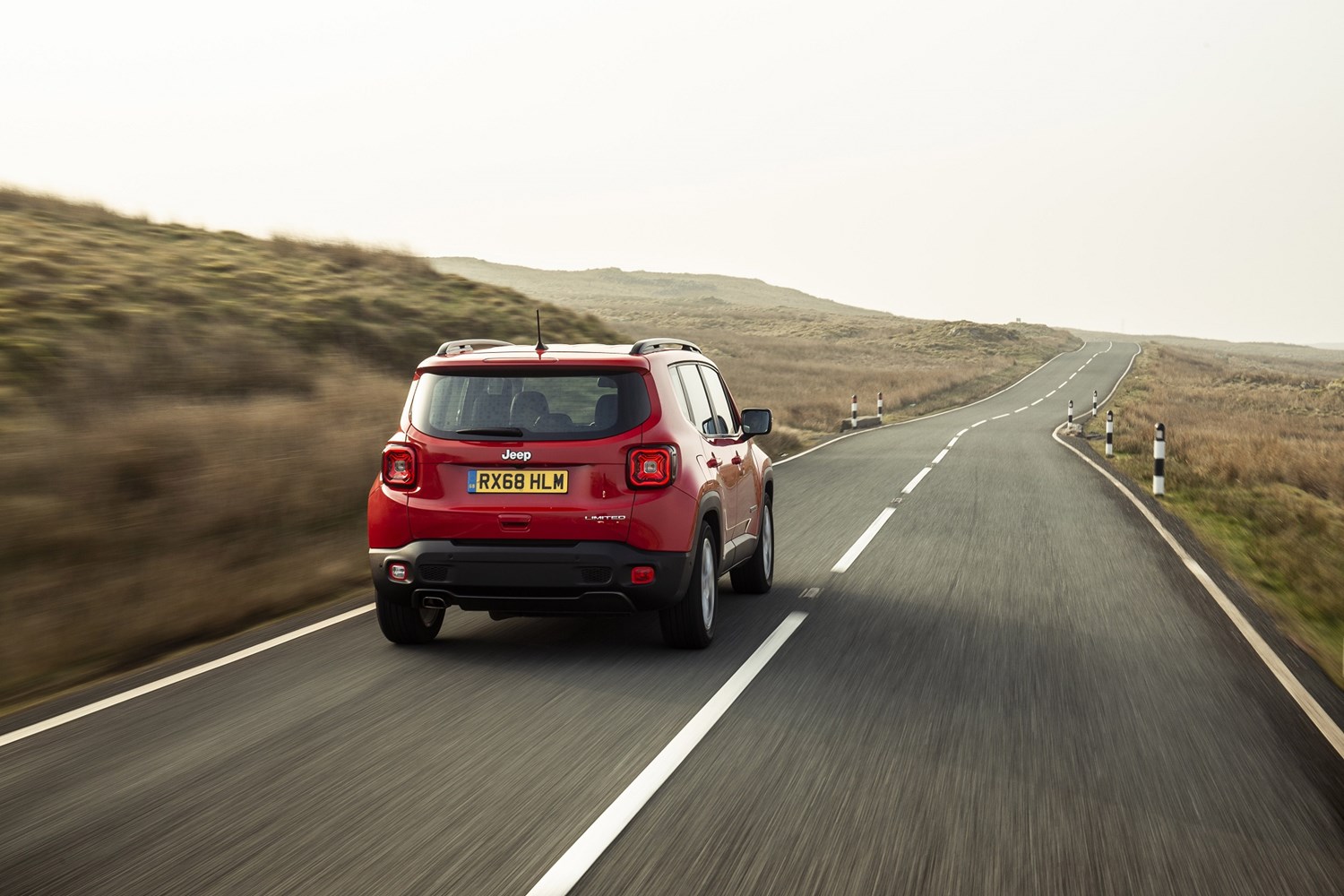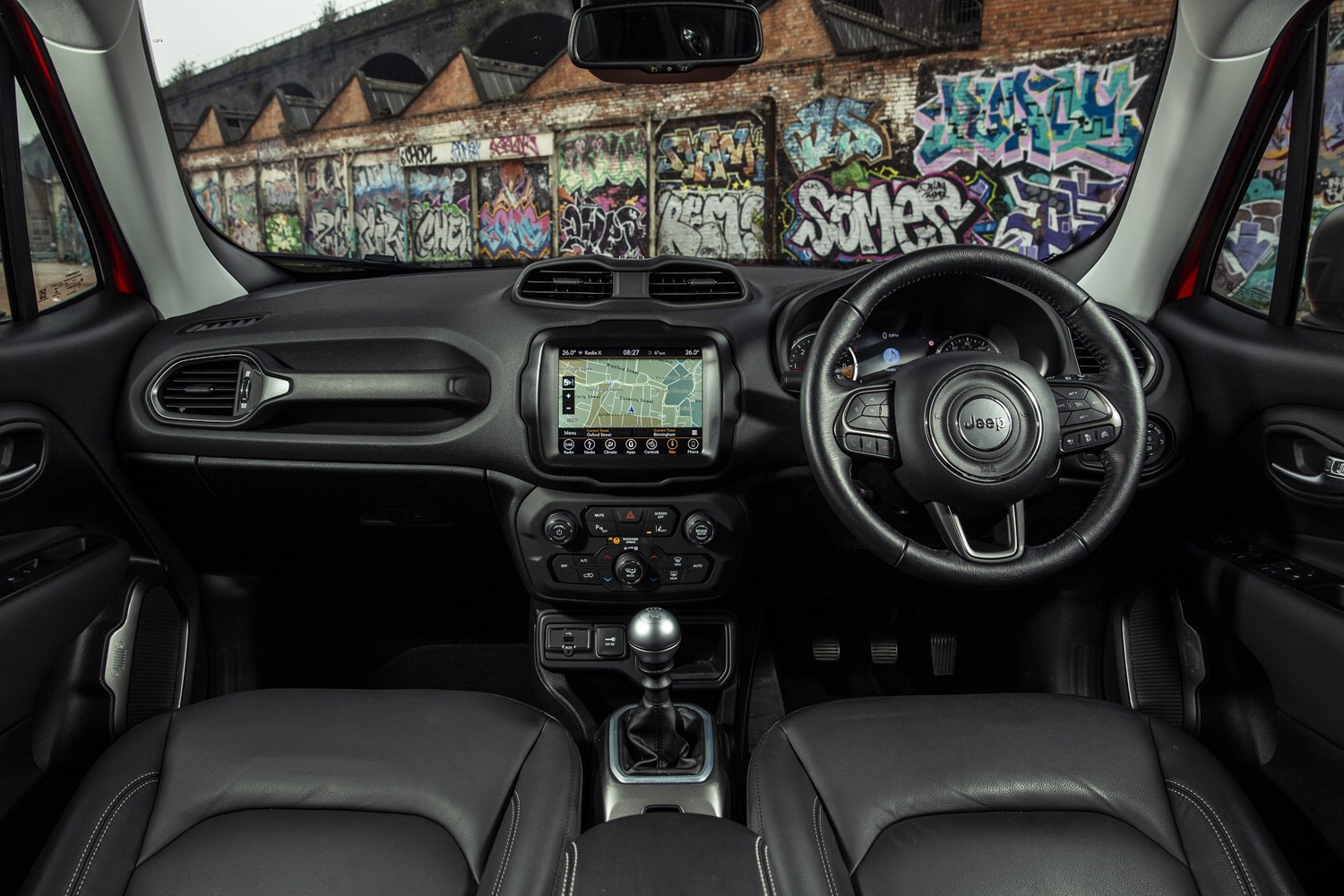Latest model
In 2018 a facelifted Renegade arrived, with updated front bodywork and LED headlights among the visible changes.
While there were minor alterations to the styling, it was beneath the skin where a majority of the changes took place. A 1.0-litre petrol engine was added to the range, with impressive fuel economy claims well above 40mpg. Meanwhile, the diesel range remained largely unchanged.
We don’t expect to see a second-generation Renegade for a few years, so rest assured that if you buy new today, it will be the current model for a little while yet.
Value for money
The Renegade is available from £19,705 new, which puts it a little way above most of its rivals.
Most notably, it is a little over £2,000 more expensive than the Fiat 500X, a car that it owes a good portion of its DNA to.
However, it does have some areas of capability that justify the price premium over rivals in certain scenarios; more on that a little further down this review.
The bottom end of the used market is just under the £7,000 mark for early models, some of which have less than 50,000 miles on the clock. Of course, there are higher-spec cars at the low, sub-£8,000 end of the market with more miles under their belt, but it seems that a 100,000-mile Renegade is a rare thing indeed.
Some sub-30,000 mile cars can be found for well under £10,000.
Meanwhile, post-facelift cars on 68 plates can be found for a shade under £14,000, with less than 10,000 miles on the clock. A £6,000 saving for a nearly-new car is very good value.
Looks and image
The character of Jeep is still evident in the design of the Renegade, even if it loses a lot of the typically expected ruggedness in favour of a smoother, city-ready shape.
Tell-tale signs that this car harks back to the Willys Jeep used so effectively by the U.S. Army include the signature grille and circular headlamps, as well as rear lights designed to mimic the design of the jerry cans that carried extra fuel on its wartime ancestor.
It’s a good mix of funky and referential to the brand overall, and certainly makes for a quirky alternative to its rivals in the sector.
As for its on-the-road performance, it does leave a little to be desired, particularly if you opt for the base 1.0-litre powertrain, which doesn’t really feel powerful enough for even the smallest of SUVs.
However, while it is not class-leading behind the wheel with some rather vague steering characteristics to its name, it does offer a decent amount of grip on the tarmac.
But the real revelation lies in the four-wheel drive models’ off-roading ability, which is second to none within the compact segment. Certainly, it’s not as a awash with off-road driving aids as your typical Land Rover, for example, but it will happily take on almost any terrain with aplomb.


